
Biomass
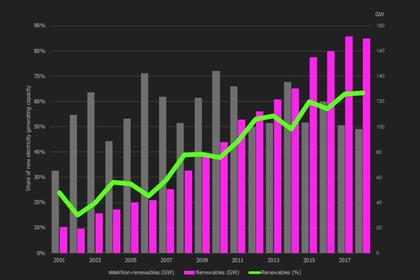
2019, April, 5, 10:15:00
RENEWABLE IS A THIRD
The decade-long trend of strong growth in renewable energy capacity continued in 2018 with global additions of 171 gigawatts (GW), according to new data released by the International Renewable Energy Agency (IRENA) today. The annual increase of 7.9 per cent was bolstered by new additions from solar and wind energy, which accounted for 84 per cent of the growth. A third of global power capacity is now based on renewable energy.
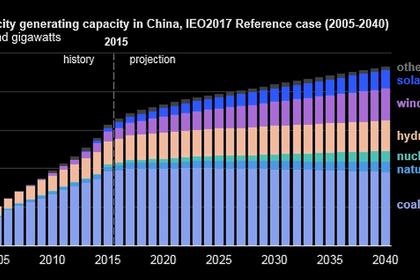
2019, January, 28, 09:55:00
CHINA'S RENEWABLE UP 12%
REUTERS - Total capacity - including hydro and biomass as well as solar and wind - rose to 728 gigawatts (GW) by end-2018, the National Energy Administration (NEA) said during a briefing. That amounted to 38.3 percent of China’s total installed power capacity, up 1.7 percentage points on the year and around 7 percentage points higher than at the end of 2015.
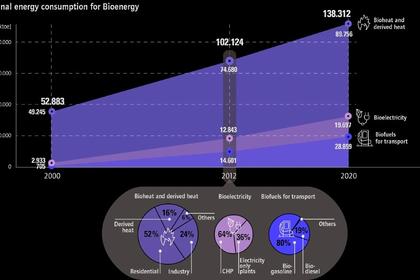
2018, October, 10, 07:50:00
CRITICAL ROLE OF BIOENERGY
IEA - Modern bioenergy will have the biggest growth in renewable resources between 2018 and 2023, underscoring its critical role in building a robust renewable portfolio and ensuring a more secure and sustainable energy system, according to the International Energy Agency’s latest market forecast.
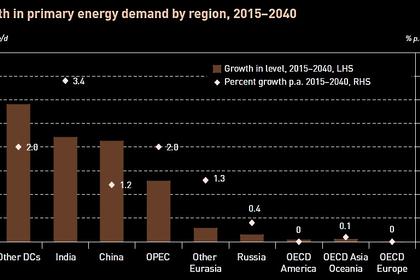
2018, September, 26, 09:35:00
OPEC: GLOBAL ENERGY DEMAND WILL UP BY 33%
OPEC - Total primary energy demand is expected to increase by 91 mboe/d between 2015 and 2040 to reach 365 mboe/d in 2040
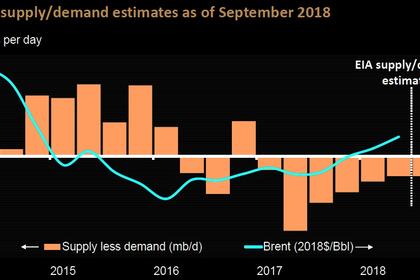
2018, September, 24, 15:15:00
THE TRADE WAR LIMITING U.S.
API - “Placing constraints on exports of American-made energy works against America’s energy future,” said API Chief Economist Dean Foreman. “While the picture is still a bit muddied, it seems to be getting clearer – the trade war appears to be limiting the United States’ access to crude export markets. As we produce more energy here at home, the U.S. needs markets for its products in order for our economy to continue to grow. There’s no question that the 1.6 MBD increase U.S. petroleum net imports, which undid a full year’s worth progress, is a setback to the United States’ goal of energy dominance.”
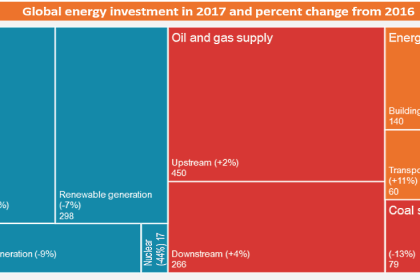
2018, July, 23, 13:25:00
GLOBAL ENERGY INVESTMENT DOWN 2%
IEA - For the third consecutive year, global energy investment declined, to USD 1.8 trillion (United States dollars) in 2017 – a fall of 2% in real terms. The power generation sector accounted for most of this decline, due to fewer additions of coal, hydro and nuclear power capacity, which more than offset increased investment in solar photovoltaics.
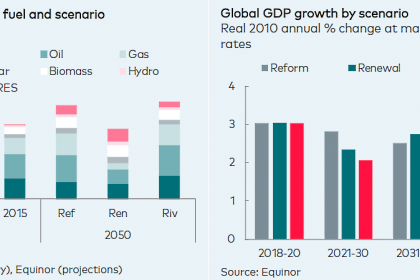
2018, June, 8, 13:15:00
OIL DEMAND UP TO 2030
PLATTS - Global oil demand will peak around 2030 at 111 million b/d as a sharp rise in electric vehicles and energy efficiency gains offset growing demand from the aviation and petrochemical sectors, Norwegian producer Equinor said

2018, April, 20, 08:50:00
ENI INVESTMENT €7 BLN
ENI - Eni will invest €7 billion in Italy over the next four years, including €1 billion in green activities
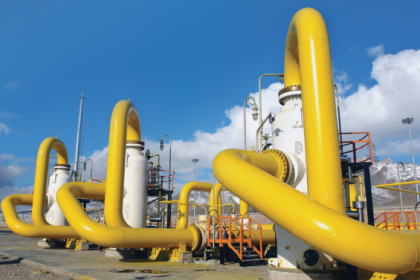
2017, May, 1, 12:35:00
СОТРУДНИЧЕСТВО РОССИИ И ПАКИСТАНА
«Крупные российские компании заинтересованы во взаимовыгодной кооперации с пакистанскими партнерами. Российские экономоператоры готовы предложить услуги в области совместного строительства новых и модернизации имеющихся объектов генерации, а также осуществления поставок оборудования российского производства», - сообщил глава Минэнерго России.

2017, April, 10, 18:45:00
INDIA'S ENERGY TRANSFORMATION
Peak electricity demand has grown nearly 13% over the past two years as a growing middle class seeks new services, such as air conditioning, which continue to place higher demands on the system. Over the next 25 years, energy demand is expected to more than double as a result.

2016, October, 20, 18:40:00
BP: IMPROVING ENERGY EFFICIENCY
We expect global GDP to more than double over the next 20 years, while energy demand increases by only 30%. The difference between those two things is improving energy efficiency or declining energy intensity. That is critical in underpinning the shift we expect to see in the rate of growth of carbon emissions. We think the energy intensity of GDP will decline much more rapidly than we’ve ever seen before.





